Optimal Timing for Foundation Repairs
Determining the optimal time for foundation repairs depends on various factors including weather conditions, soil stability, and structural assessment results. Proper timing ensures repairs are effective and long-lasting.
This period offers moderate temperatures and stable soil conditions, making it suitable for foundation work. Avoiding extreme heat or heavy rainfall reduces complications.
Late summer can be ideal if soil moisture levels are balanced. Dry conditions help in the curing process of repairs but excessive dryness should be avoided.
Winter is generally less favorable due to frozen ground and potential for snow, which can hinder excavation and curing processes. However, in milder climates, repairs can still be scheduled with precautions.

Visible cracks often indicate underlying issues requiring timely repairs.

Soil movement can cause uneven settling, impacting structural integrity.

Piering stabilizes and lifts the foundation to prevent further damage.

Ways to make Foundation Repairs work in tight or awkward layouts.

Popular materials for Foundation Repairs and why they hold up over time.
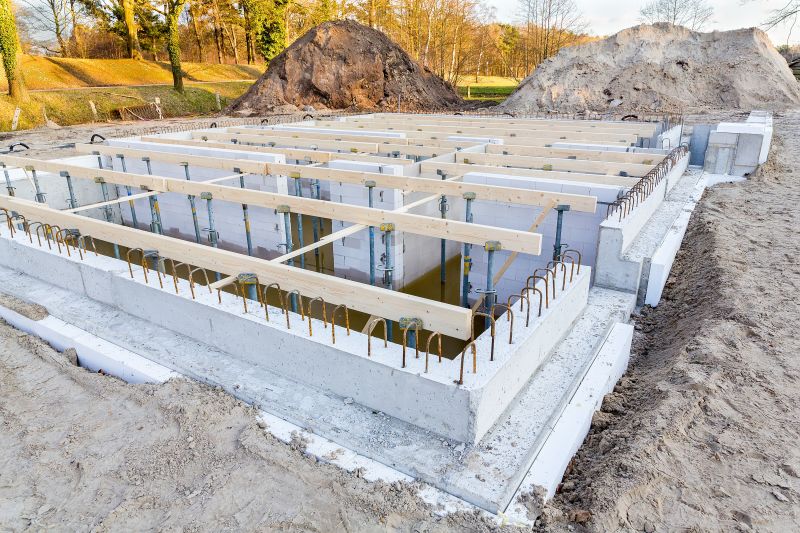
Simple add-ons that improve Foundation Repairs without blowing the budget.
Foundation repairs are essential for maintaining the stability and safety of a structure. They address issues such as cracking, settling, and shifting caused by soil movement, moisture changes, and other environmental factors. Properly timed repairs can prevent further damage, reduce repair costs, and extend the lifespan of a building. Statistics indicate that early intervention can reduce repair expenses by up to 50%, emphasizing the importance of timely assessment and action.
| Season | Advantages |
|---|---|
| Spring | Moderate weather, soil conditions ideal for excavation and curing. |
| Summer | Longer daylight hours, good for scheduling repairs. |
| Fall | Cooler temperatures, less humidity, ideal for many repair methods. |
| Winter | Less favorable, but possible in milder climates with precautions. |

Step-by-step methods including underpinning and piering.
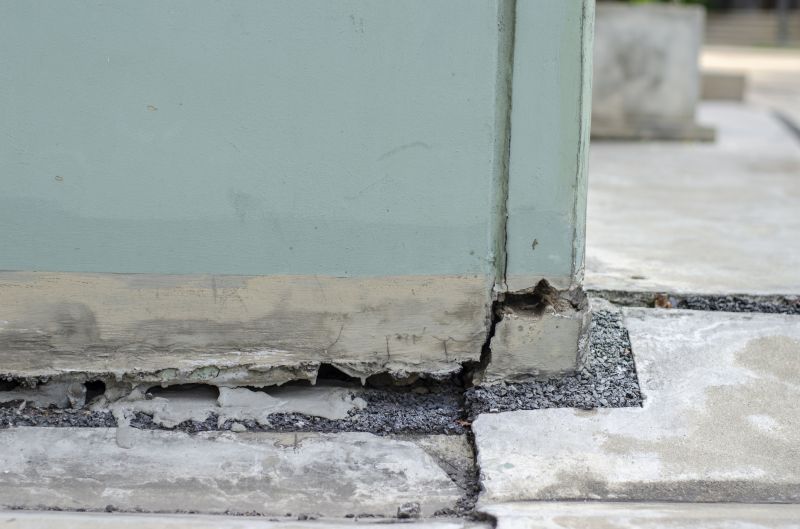
Visual examples of foundation restoration.

Assessing soil conditions prior to repairs.
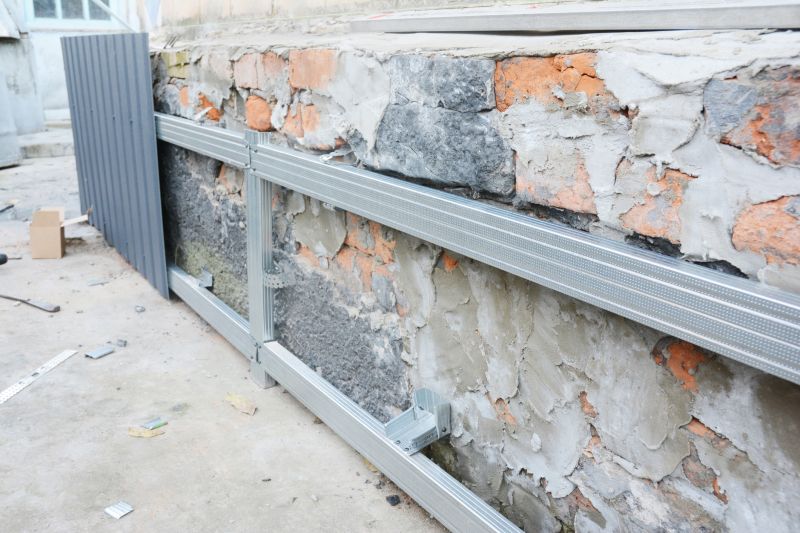
Techniques used to strengthen foundations.
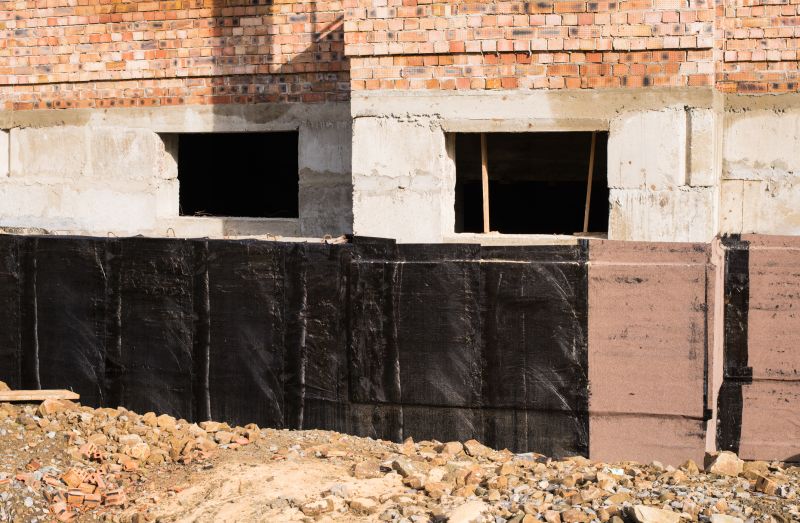
High-end options that actually feel worth it for Foundation Repairs.

Finishes and colors that play nicely with Foundation Repairs.

Little measurements that prevent headaches on Foundation Repairs day.
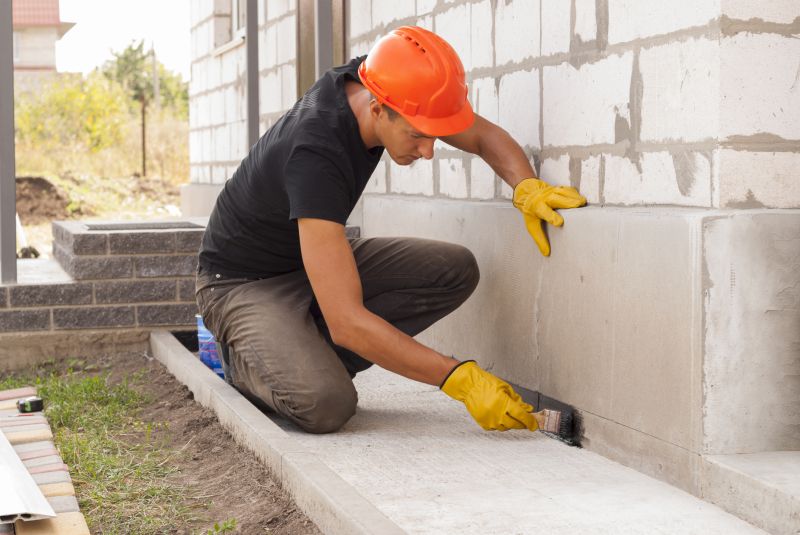
A 60-second routine that keeps Foundation Repairs looking new.
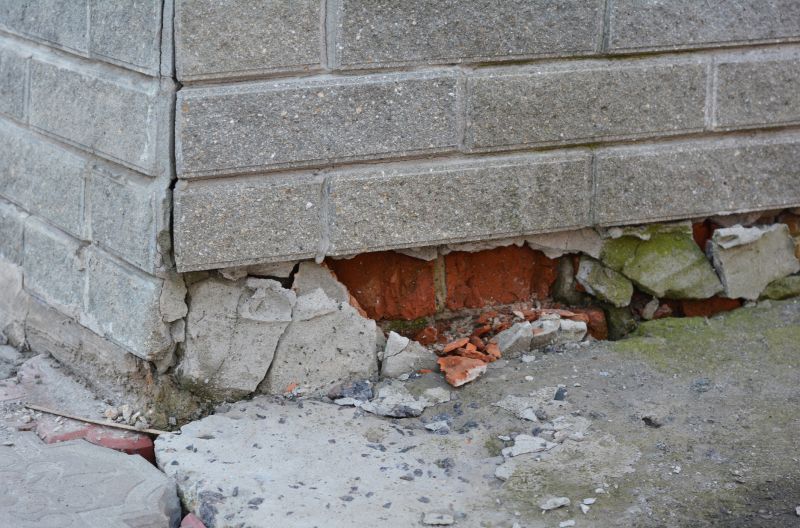
A frequent mistake in Foundation Repairs and how to dodge it.

Small tweaks to make Foundation Repairs safer and easier to use.
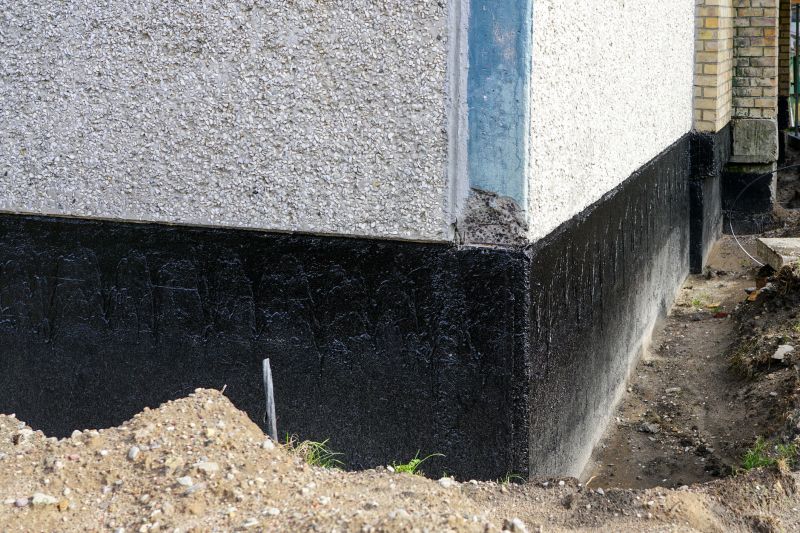
Lower-waste or water-saving choices for Foundation Repairs.
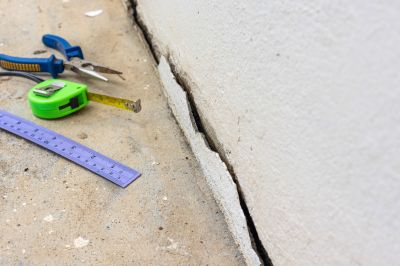
The short, realistic tool list for quality Foundation Repairs.
Timely foundation repairs are critical to preserving the integrity of a property. Recognizing signs such as uneven floors, cracks in walls, or sticking doors can prompt early action. Consulting with foundation specialists ensures that repairs are performed at the most appropriate time, considering seasonal and environmental factors. Proper scheduling enhances the durability of repairs and minimizes disruption to property occupants.
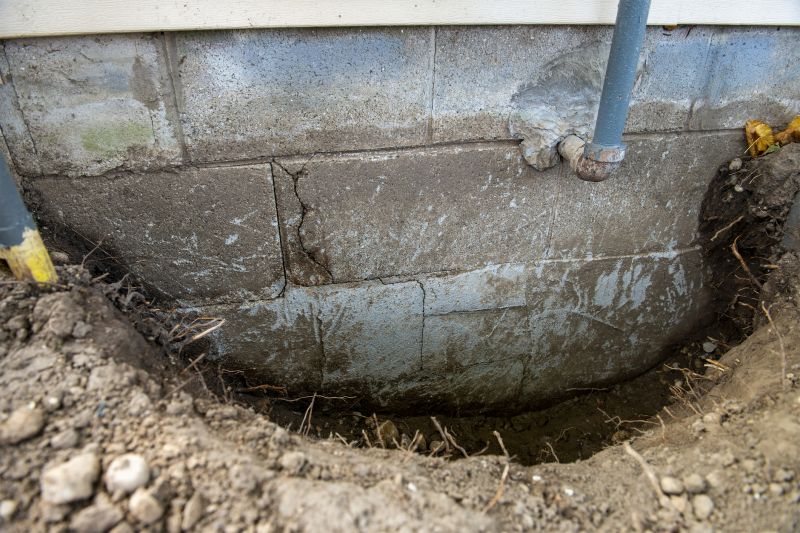
Indicative of foundation movement needing attention.
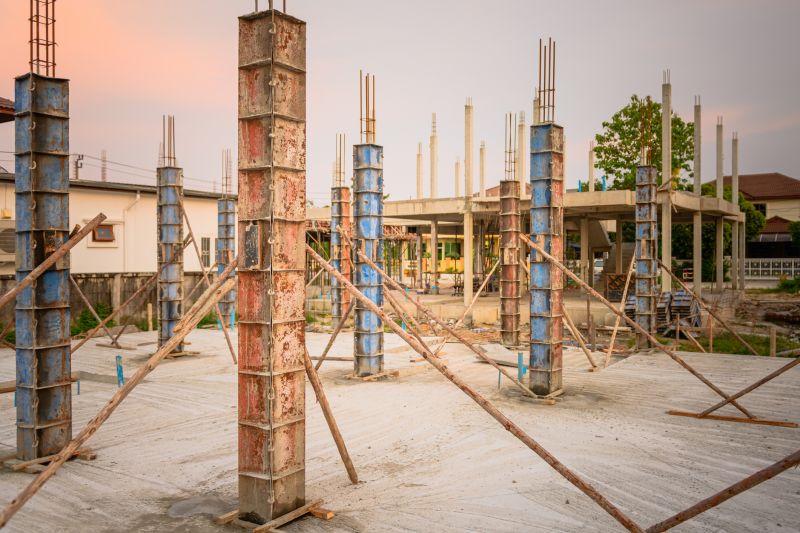
Supporting and stabilizing the structure.
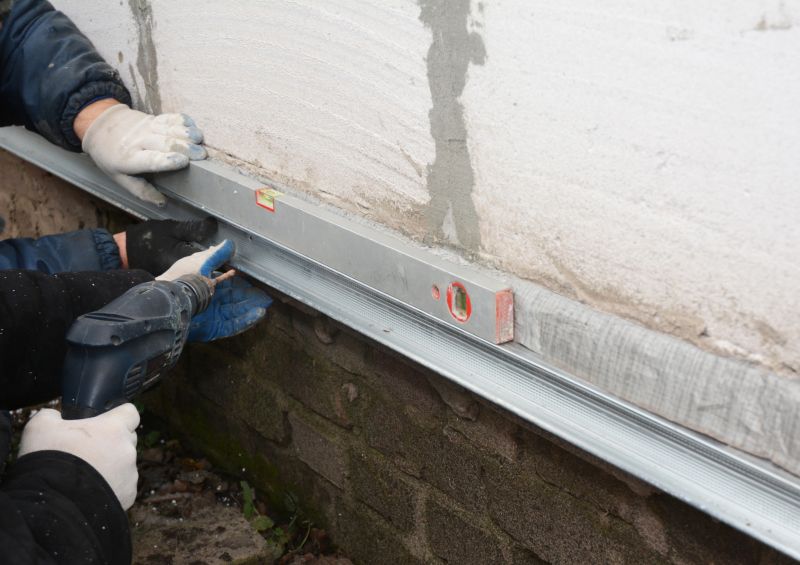
Methods to prevent future shifting.

Tools and machinery used in foundation work.
Interested property owners in Mchenry, IL, can consider scheduling foundation assessments during favorable seasons to ensure optimal repair outcomes. Early detection and intervention are key to maintaining structural safety and value. Filling out the contact form can connect property owners with experienced specialists to discuss potential repairs and appropriate timing based on local climate and soil conditions.

